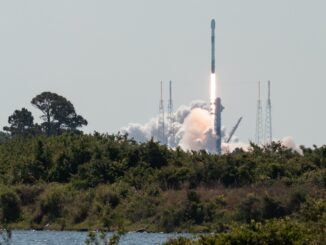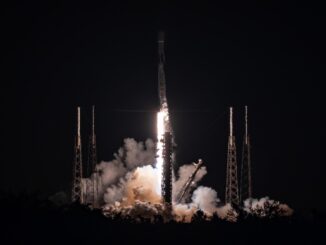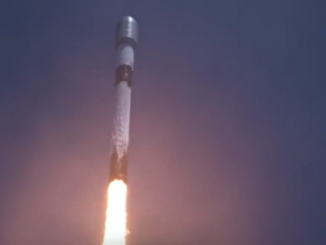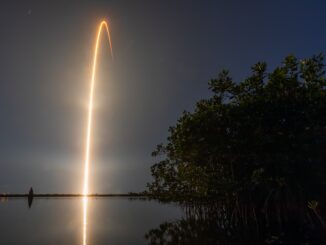
Falcon 9

Falcon 9

Falcon 9

Falcon 9

Falcon 9

Falcon 9

Falcon 9

Falcon 9

Falcon 9

Falcon 9

Falcon 9
